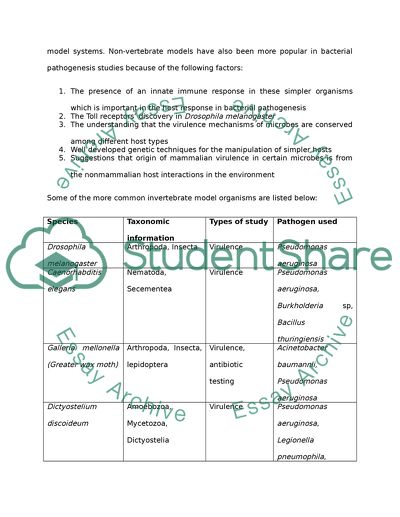Cite this document
(Studying Bacterial Pathogenesis and Therapy Term Paper, n.d.)
Studying Bacterial Pathogenesis and Therapy Term Paper. Retrieved from https://studentshare.org/education/1565039-how-useful-are-invertebrate-infection-models-for-studying-bacterial-pathogenisis-and-therapy
Studying Bacterial Pathogenesis and Therapy Term Paper. Retrieved from https://studentshare.org/education/1565039-how-useful-are-invertebrate-infection-models-for-studying-bacterial-pathogenisis-and-therapy
(Studying Bacterial Pathogenesis and Therapy Term Paper)
Studying Bacterial Pathogenesis and Therapy Term Paper. https://studentshare.org/education/1565039-how-useful-are-invertebrate-infection-models-for-studying-bacterial-pathogenisis-and-therapy.
Studying Bacterial Pathogenesis and Therapy Term Paper. https://studentshare.org/education/1565039-how-useful-are-invertebrate-infection-models-for-studying-bacterial-pathogenisis-and-therapy.
“Studying Bacterial Pathogenesis and Therapy Term Paper”, n.d. https://studentshare.org/education/1565039-how-useful-are-invertebrate-infection-models-for-studying-bacterial-pathogenisis-and-therapy.


